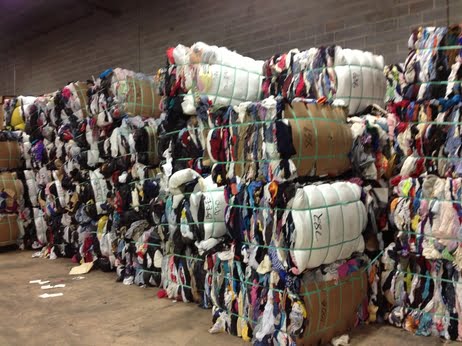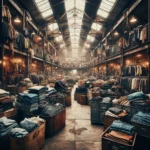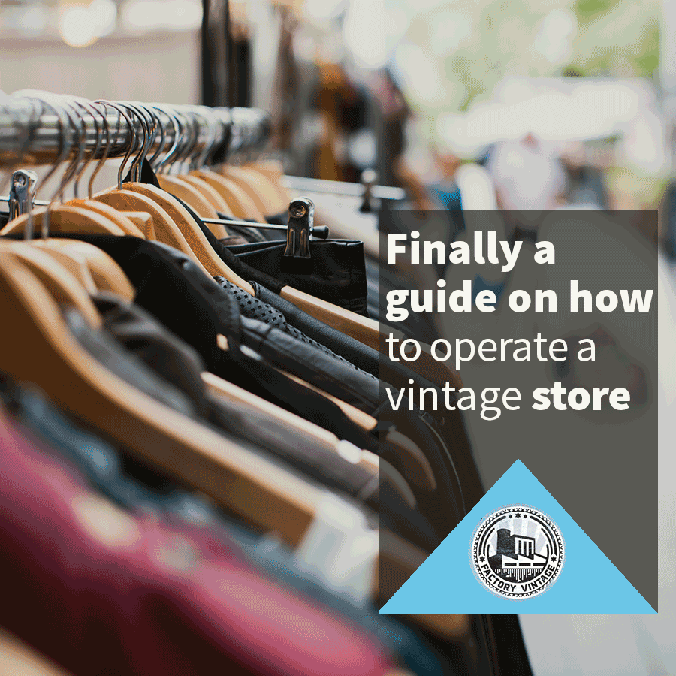
Buyers for Vintage Clothing Stores in the past are different from the buyers of today. When vintage shops customers were narrowed between theater students and collectors, buyers didn’t have to continuously re-fill their racks. As the market grew so did most buyers strategies. It seams some buyers are content with their techniques from the past, while others are forced to obtain their merchandise in other ways. Differences between the time and resources that the actual vintage buyers have, will predicate how and what type of merchandise each shop will carry.
Some buyers choose to get their pieces by continuously spending there weekends hitting up vintage swap meets, garage sales, or estate sales. Everyone at one time or so, vintage collector or not, has spent a Saturday or Sunday morning driving from garage sale to garage sale. Sometimes it pays off and the buyer can find great eclectic pieces through shopping this way, but more times than none they’ll spend hours upon hours sifting through piles of clothes, or whatever the hunt is for, in peoples front yards to come up with a couple of pieces or none.
A vintage collectors time is valuable, seeing how most buyers are in fact shop owners, and would rather spend time at there shop where they are needed most, instead of peoples yards. Vintage Clothing Swap Meets are a good alternative, if a city near the buyer even hosts one. Unfortunately most vendors at these swap meets are in fact shop owners themselves, trying to sling there second hand dead stock* for cheap, while they sell there good vintage merchandise at a retail price. Sometimes good deals can be found, but again, the time and effort to sift through these swap meets can be demanding, leaving buyers to many times empty handed.
Most Vintage buyers that need to purchase in bulk, skip over garage sales and vintage clothing swap meets completely, and go directly for the source. They hit a rag house, the end of the rode for most clothes. Rag houses are warehouses that collect every charitable clothing item that anyone, anywhere, has ever given away. They are kind of like the manufacturer for the vintage clothing industry, if you can accept that they are not actually manufacture anything. They are instead more like the ultimate supplier for the industry.
Although supplying for vintage buyers is not what the company are set up to do. Some donated items are picked out and sold in second hand thrift stores. Nonetheless, it seems that more times than none, the clothing ends up at a rag house that will bail it, weigh it, and ship it to another country. Vintage shop buyers have been hitting up rag houses for years now, asking them to sift through there merchandise and pull out pieces that would sell in a shop. Many rag houses have found that it is indeed profitable to separate vintage pieces from the rest of their rags, to sell to vintage collectors. For a little more per pound than the average bails, a vintage buyer can purchase 1000-pound bales of merchandise that they need for their shop. This is a better solution than hunting down single pieces at garage sales or swap meets, but it still leaves a lot to be un-desired.






